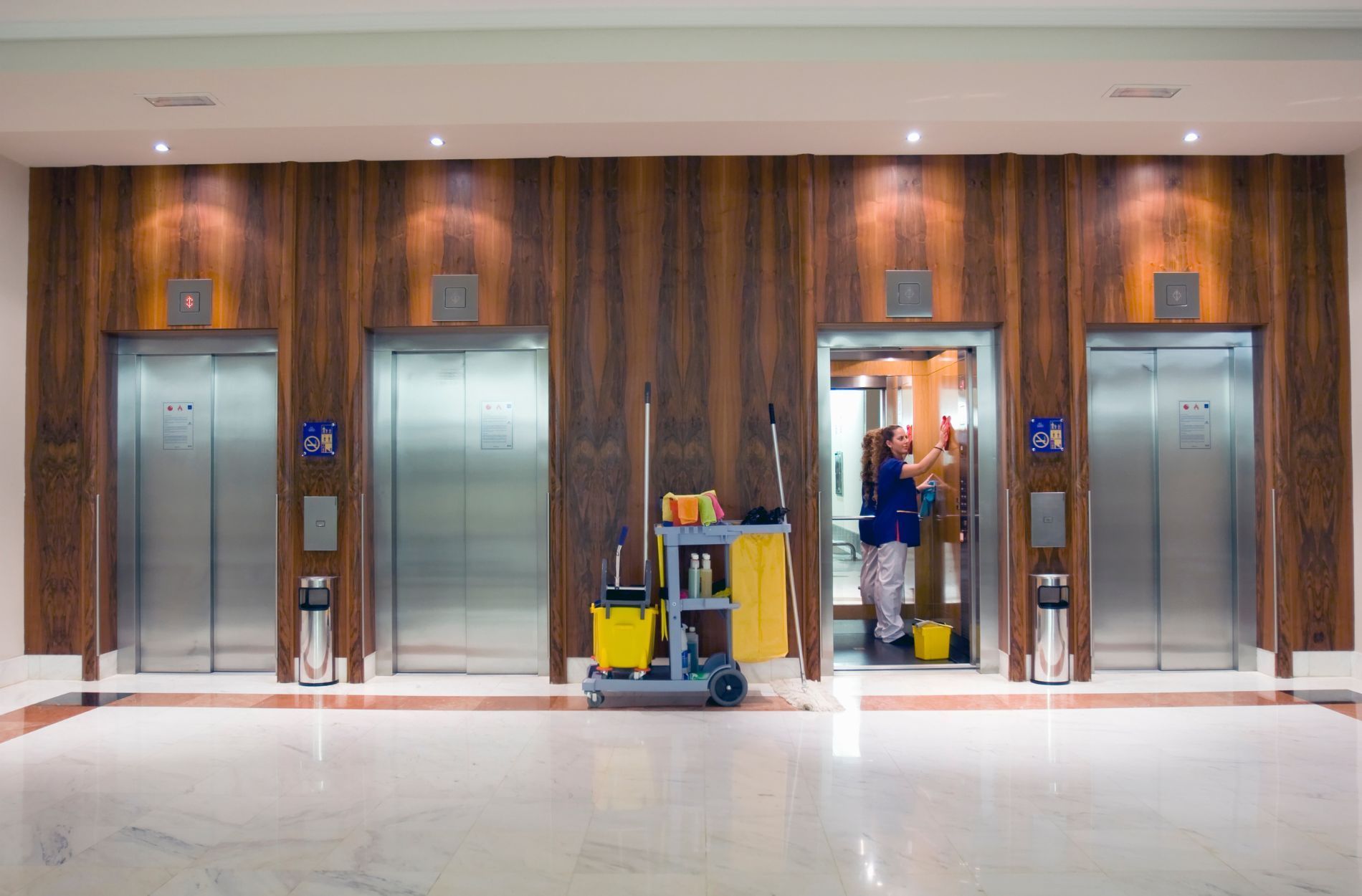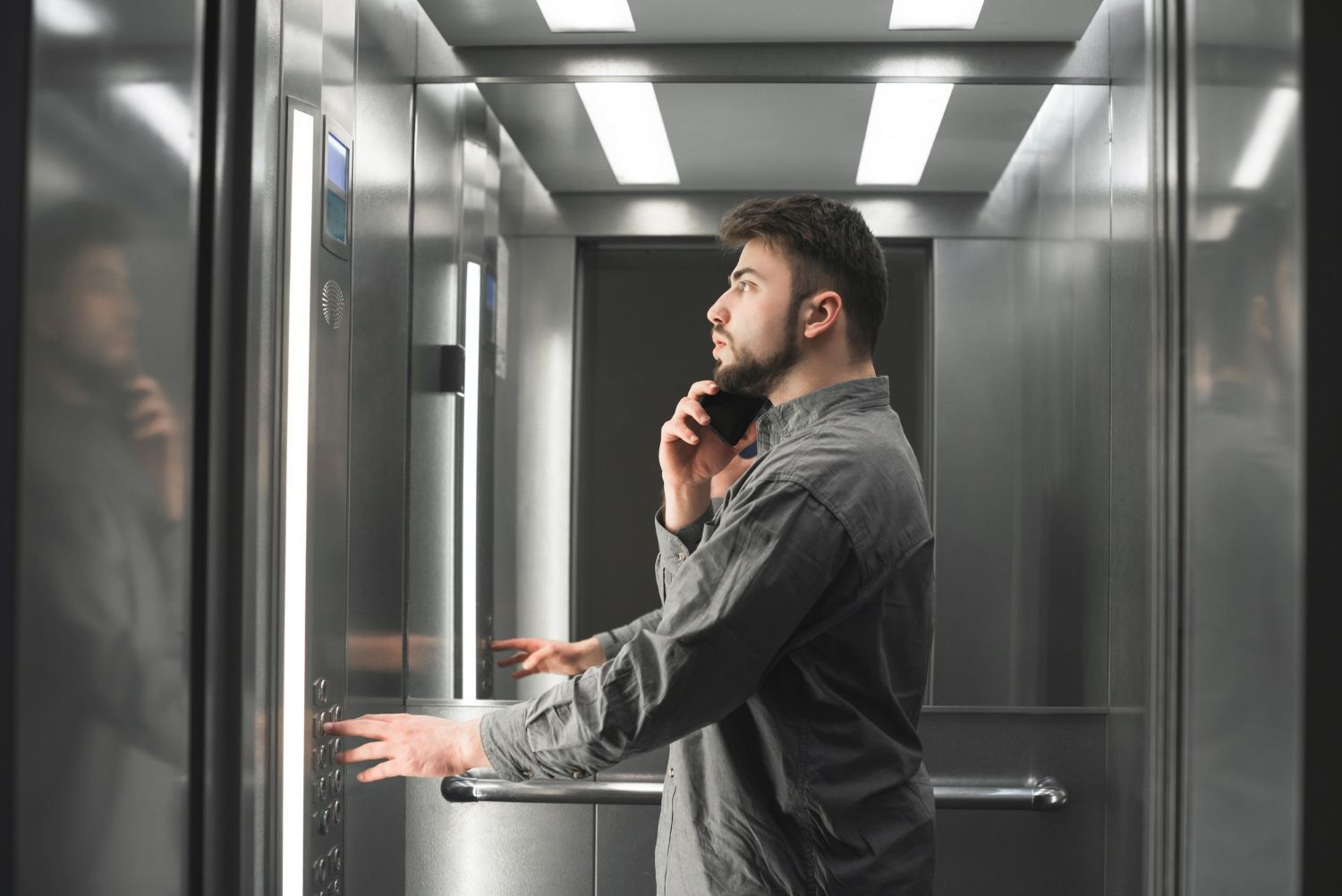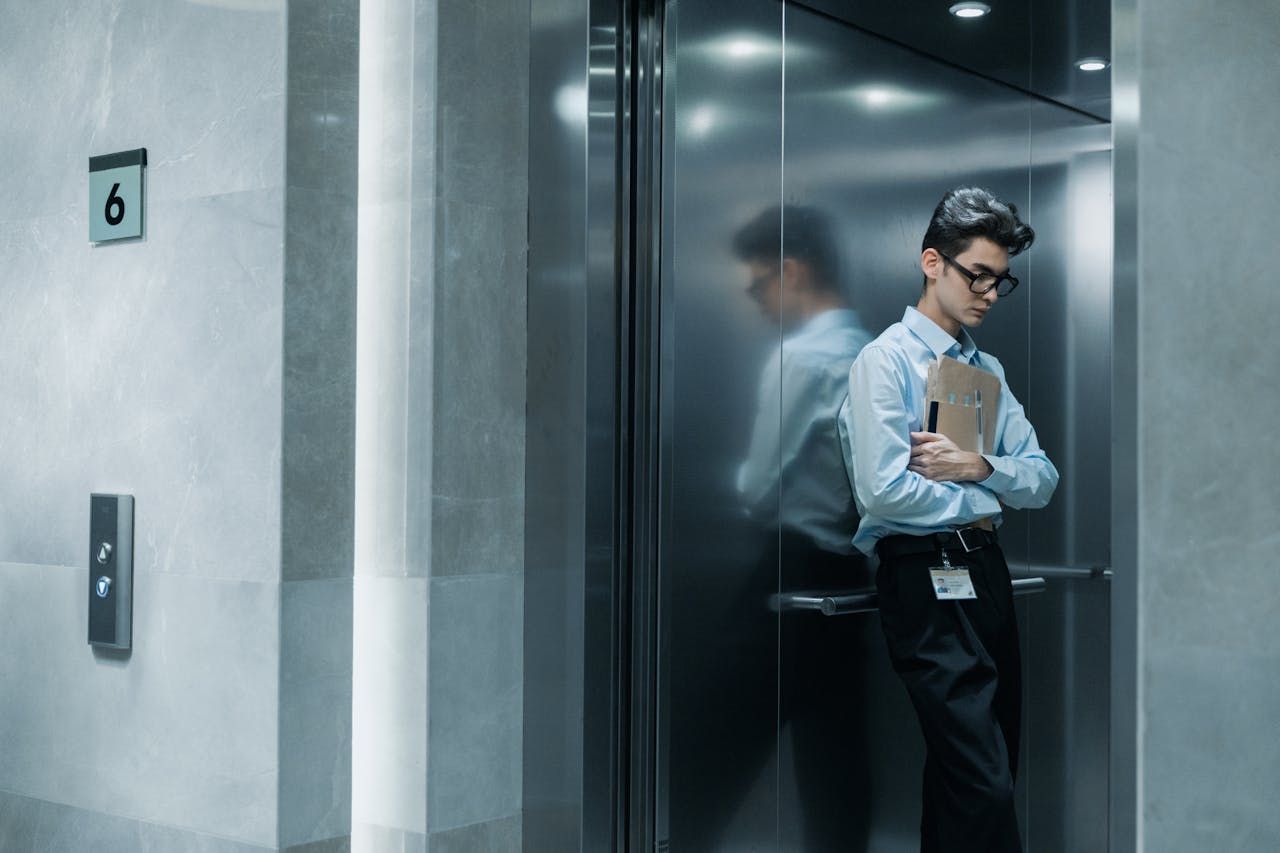Navigating Elevator Safety Standards with Elevator Solutions Inc.
Elevator safety is of utmost importance when it comes to vertical transportation systems in commercial and residential buildings. Ensuring the safety and well-being of occupants involves understanding the various safety standards and regulations governing elevator design, installation, maintenance, and repair. As building owners or managers, it is crucial to stay informed and up-to-date on these regulations to guarantee compliance and provide occupants with a secure and reliable elevator experience.
At Elevator Solutions Inc., we pride ourselves on being a knowledgeable elevator solutions partner, committed to providing unparalleled expertise in maintaining elevator safety standards and keeping your vertical transportation system in compliance with current regulations. With years of experience in serving the Midwest, we stay abreast of ever-evolving industry standards, so you can trust us to deliver reliable and safe elevator services tailored to your building's unique needs.
Taking the necessary steps to understand and comply with elevator safety standards and regulations is vital in providing occupants with a safe and dependable vertical transportation experience. Allow our team at Elevator Solutions Inc. to be your dependable partner in this endeavor, ensuring compliance and best practices for your building's elevator system.
Key Elevator Safety Standards and Regulations
1. ASME Safety Code for Elevators and Escalators (ASME A17.1)
The American Society of Mechanical Engineers (ASME) has established a comprehensive safety code for elevators and escalators, which is widely recognized and adopted across the United States. ASME A17.1 covers various aspects of elevator safety, including design, installation, operation, testing, inspection, and maintenance. Building owners and managers should be familiar with this code and ensure that their elevator systems comply with its requirements.
2. Occupational Safety and Health Administration (OSHA) Regulations
OSHA enforces regulations aimed at protecting the health and safety of workers, including those involved in elevator installation, maintenance, and repair operations. These regulations encompass fall protection, electrical safety, and the proper use of personal protective equipment (PPE), among other considerations. Strict adherence to OSHA guidelines is essential not only for the welfare of the workers but also to avoid penalties and enforcement actions.
3. Americans with Disabilities Act (ADA) Accessibility Standards
The ADA sets forth accessibility standards that apply to commercial and residential facilities, including elevator systems. These regulations ensure equal access to vertical transportation for individuals with disabilities by mandating specific design and operational features, such as minimum cab sizes, door opening times, and appropriate control panel height and arrangement. Compliance with ADA standards is crucial for creating an inclusive and accommodating environment for all users.
4. State and Local Building Codes
In addition to federal safety guidelines, elevator systems must also adhere to state and local building codes. These codes often incorporate or build upon ASME A17.1 and other relevant standards, tailoring the requirements to address unique concerns within the jurisdiction. It is essential for building owners and managers to be well-versed in their state and local codes in conjunction with overarching national standards.
Best Practices for Maintaining Elevator Safety and Compliance
1. Regular Maintenance and Inspections
Scheduling regular maintenance and inspections is essential for identifying potential safety issues before they escalate into more significant problems. By developing a proactive maintenance plan and adhering to recommended inspection timelines, you can ensure that your elevator system remains safe and code-compliant.
2. Employee Training and Education
Providing adequate training and education for staff members who interact with or oversee elevator systems is crucial for maintaining safety and compliance. This includes personnel responsible for building maintenance, as well as those tasked with responding to elevator-related emergencies. Proper education and training help minimize risks and improve overall safety awareness.
3. Record Keeping and Documentation
Maintaining meticulous records of inspections, maintenance activities, and any code compliance issues is an essential aspect of elevator safety management. Proper documentation demonstrates regulatory compliance and can serve as invaluable evidence in the event of legal action or an insurance claim.
4. Partner with a Reliable Elevator Service Provider
Collaborating with a knowledgeable elevator solutions provider, like our team at Elevator Solutions Inc., is crucial in ensuring compliance and adherence to elevator safety standards. With expertise in safety regulations, installation, maintenance, and repair, you can trust us to deliver safe, efficient, and reliable elevator services tailored to your unique needs.
Conclusion
Understanding and adhering to elevator safety standards and regulations is essential for creating a secure and reliable vertical transportation environment in your building. By staying informed about the latest codes, engaging in best practices, and partnering with our team, you can safeguard your building's occupants and maintain seamless elevator operations.
When it comes to elevator safety and compliance, count on Elevator Solutions Inc. for reliable and expert maintenance services. Let us be your dependable partner in providing top-quality
elevator maintenance services to ensure safety and compliance at every step of the way.



